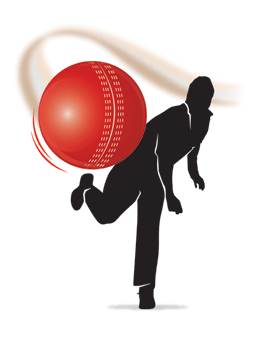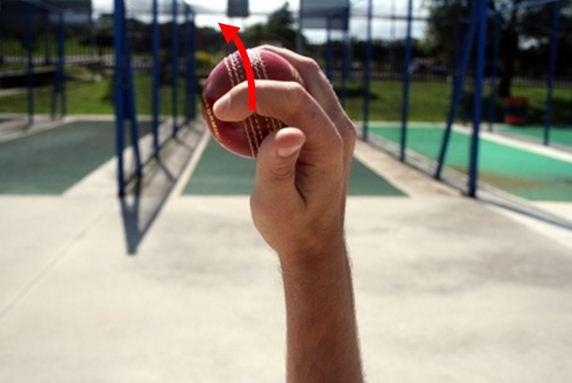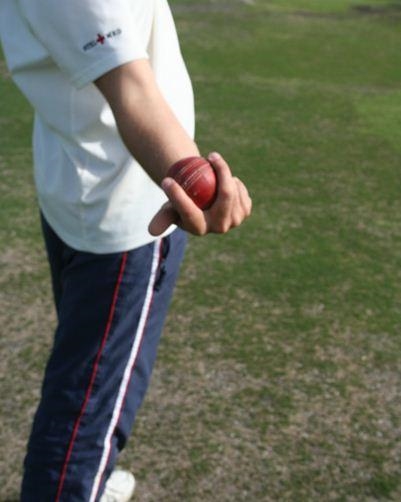|
 Menno Gazendam is author of Spin Bowling Project. Get your free 8 week spin bowling course here Menno Gazendam is author of Spin Bowling Project. Get your free 8 week spin bowling course here
The Doosra is a ball with a longer tradition than you may think.
An Australian bowler called Jack Potter was bowling these bad boys roughly 30 years before Saqlain Mushtaq even came on the scene. Jack never did play for Australia, but he does hold the record for being 12th man the most for Australia without ever winning the cap.
But I digress. The fact is that the doosra has a long tradition.
The elephant in the room about this ball is a simple question though
Can a doosra be bowled legally?
Some say no, like Cricket Australia that decided the doosra will not be taught in Australia.
I do not agree with this.
While I do agree it is incredibly difficult I will not be so arrogant to say that it cannot be done.
We also have to remember that the flipper is crazy difficult as well and wants to break your shoulder, but many bowlers bowl it beautifully. It’s just that the delivery has been developed for decades and so there are kids bowling it from a young age and many coaches out there that teach it. So, it's an impossible delivery that has become a common delivery because of all the research.
To just dismiss the doosra as impossible after it only being mainstream a few years is not right.
Will some bowlers break the rule when bowling it?
Sure, yes. But that should not stop us coaching kids from a young age to able to bowl it legally. We do not ban driving for everyone because some people break the road rules.
Give young bowlers the right coaching, support and structure and then yes we can have doosra bowlers all over the place.
They use to say that running a 4 minute mile is a physical impossibility.
Impossible is nothing.
So let's get out there and learn - and teach - the doosra properly.
2 ways to bowl the doosra
There are two main variations how to bowl the doosra.
I say variations, because actually every bowler will bowl them differently. So, in fact there are as many versions on how to bowl it as there are spinners who bowl it. Each with his own little twists and turns (pun intended).
These days we get all sorts of carrom balls thrown in the mix as well. With some guys bowling hybrid doosra/carrom balls, and so the distinction becomes difficult.
Nevertheless, here are the two "true" doosra variations.
- Side of the hand/finger doosra
- Back of the hand/wrist doosra
Although both methods are tough to bowl, variation 1 is more difficult due to the unnatural position you have to get your hand and wrist in during the release.
Finger doosra
This is the method that was used by Saqlain Mushtaq. He developed this by practising with a tennis ball, which made it a little easier to do as the ball is a bit smaller and lighter.
This is a good tip for practising the doosra. Start with a tennis ball and later upgrade to the cricket ball once you get the hang of it.
Cricket ball still too tough? Start with a table tennis ball like the original carrom bowler, Jack Iverson.
Have a look this video to see how Ajmal he bamboozled Damien Martyn. He has no idea what hit him, you can see how confused he is walking off!
Technique

Above shows the release angle of variation 1. The seam is angled towards 1st slip. You need to go through you action and release the ball in this position.
Do not worry if you cannot do it because it is tough! This variation is best used as a surprise delivery (just like the above video) because you can hide it from your stock ball.

Above photo shows the position of the seam at release point:
The following 4 shots show the release sequence for variation 1.




Give the doosra a go in practice and stick with it, it's tough to learn!
In the next part we will look at the 2nd type of doosra. Get the newsletter to stay up to date.
Discuss this article with other subscribers
|

.jpg)




.jpg)


